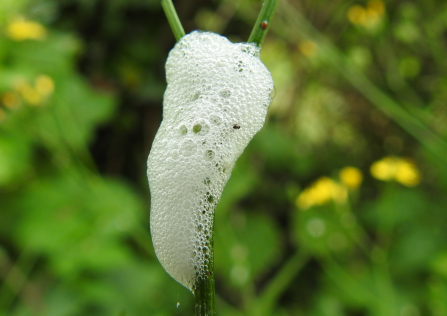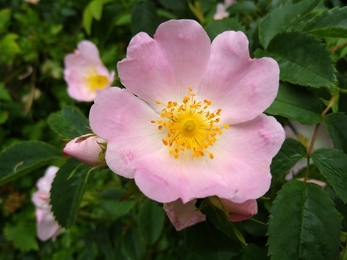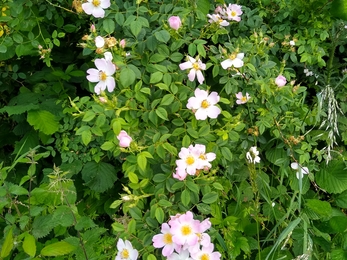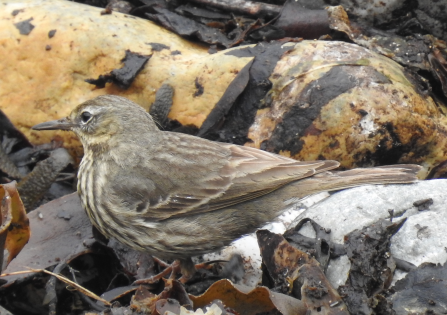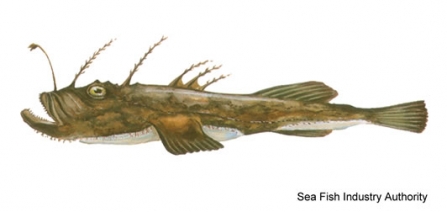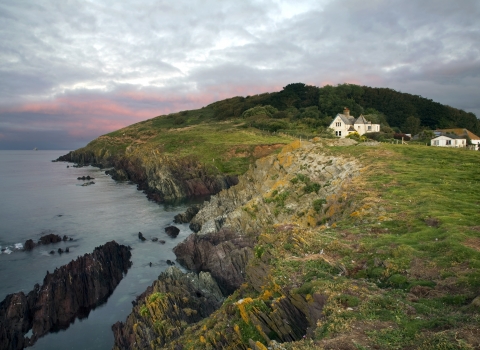The Return of the Pink Pool.
This isn’t the title of a thriller but one of the island’s freaky natural phenomena. Every now and then a rock pool will turn an unnerving deep pinky colour. It took the help of volunteers and experts to understand what was going on. So, we now know that the rock pool will be a perfectly prepared but unappetising stew of bird poo, Euglena (fresh water green alga) and Cyanobacteria (a blue-green algae that is actually pink!). I don’t know about you but that’s really not very appealing, looks whacky though.

